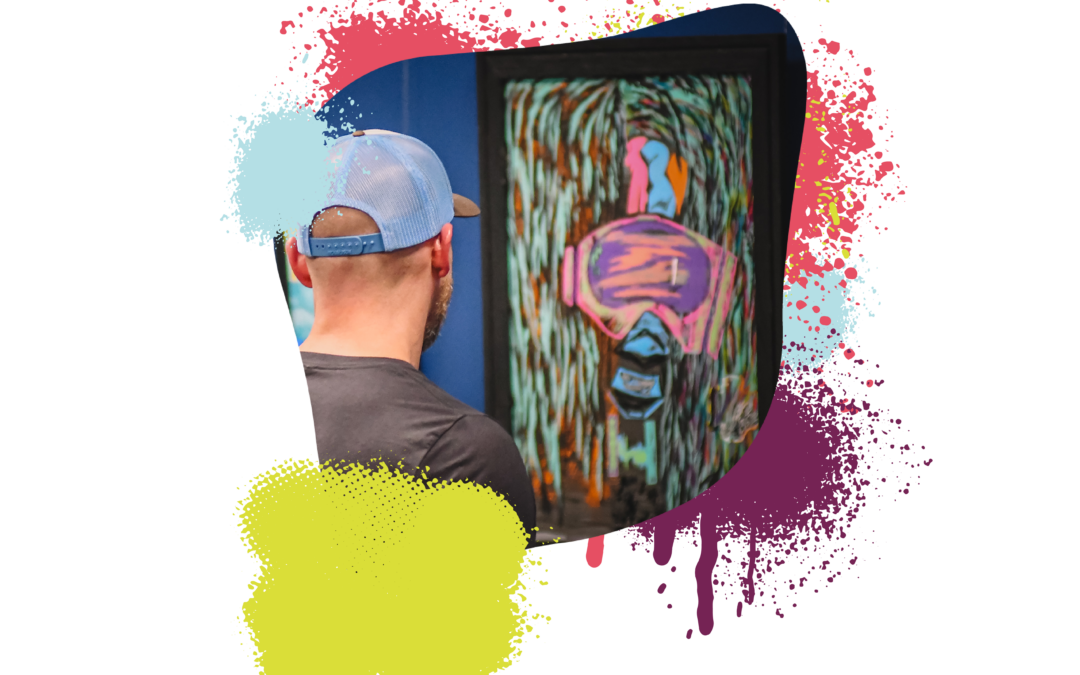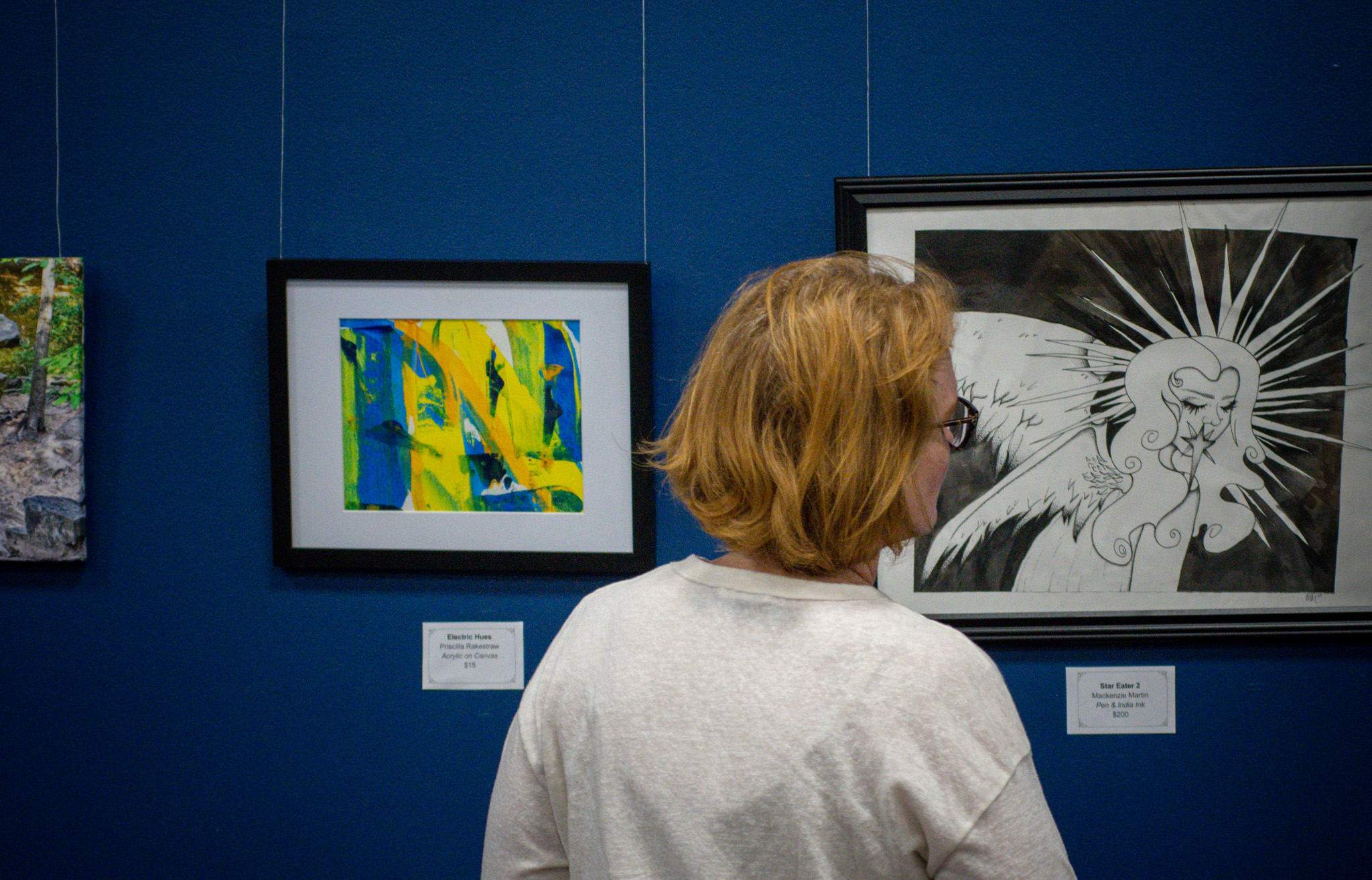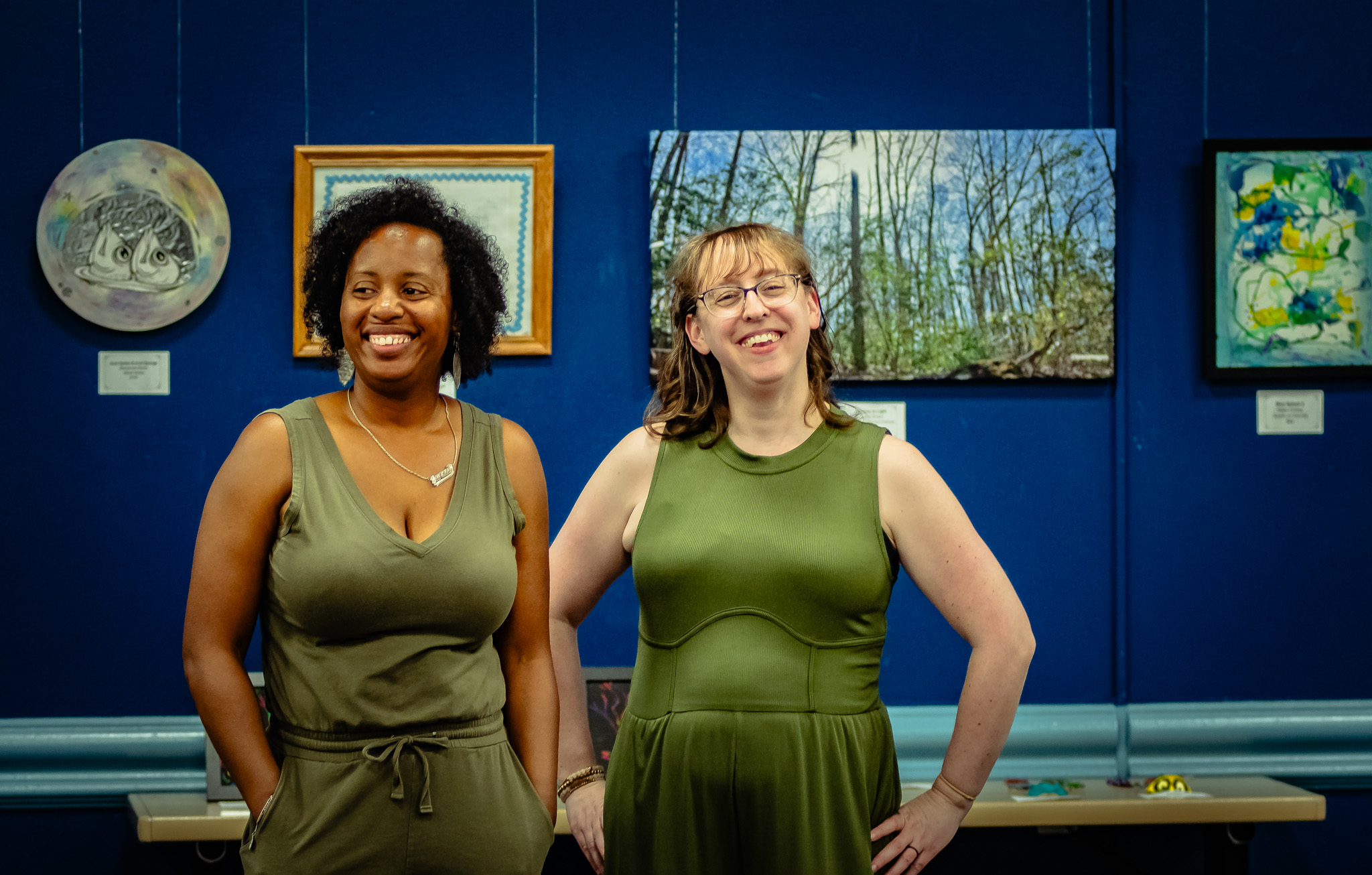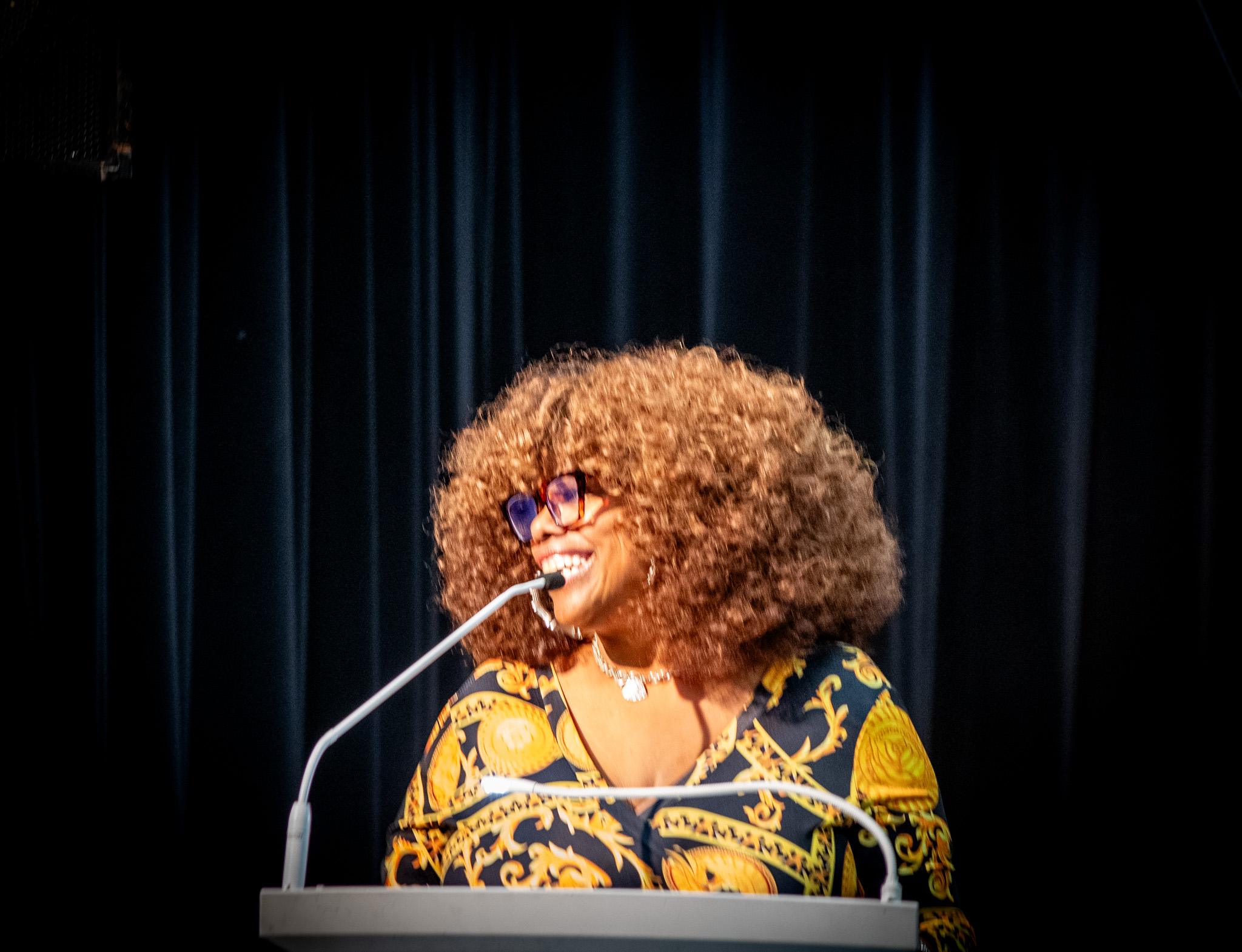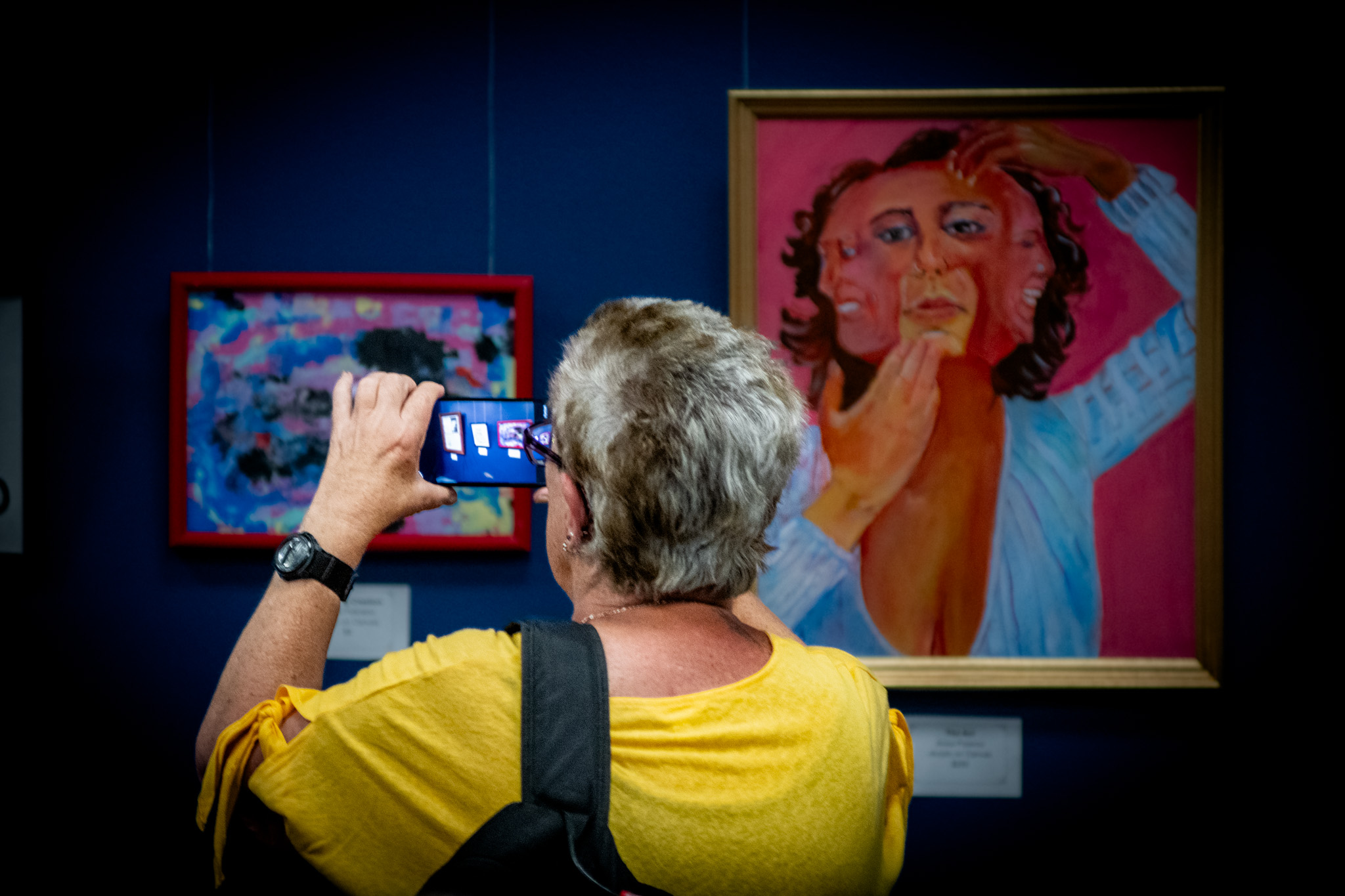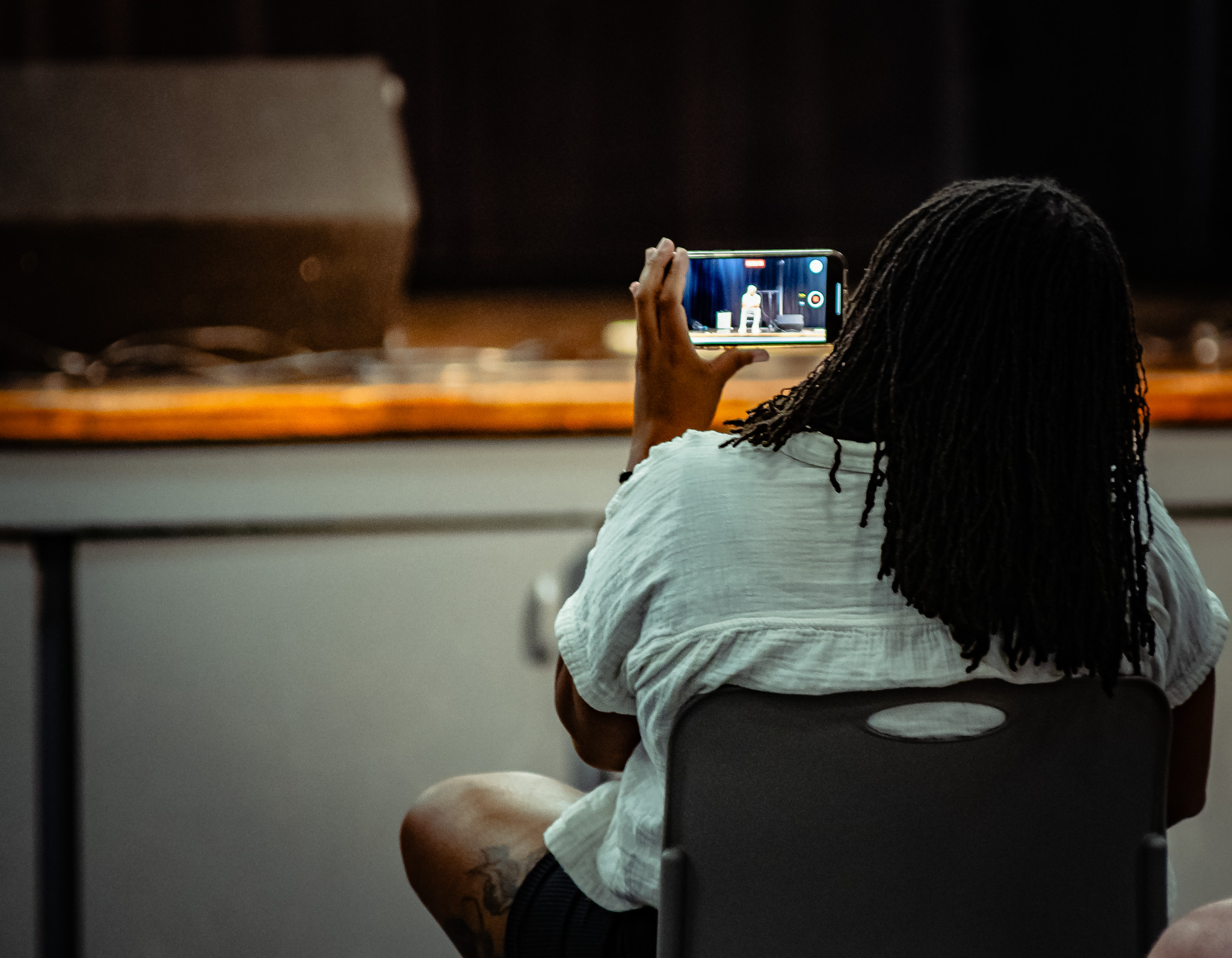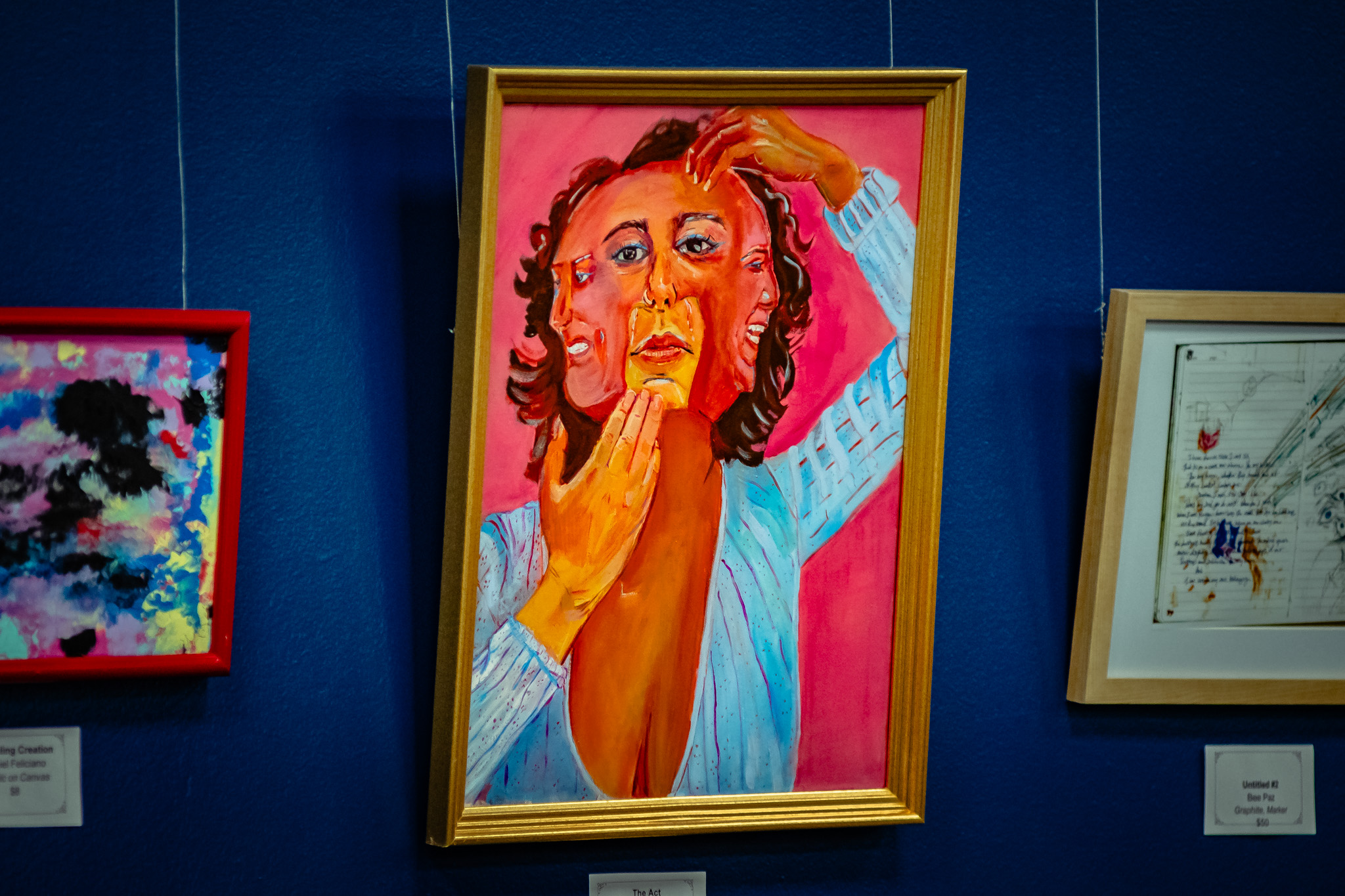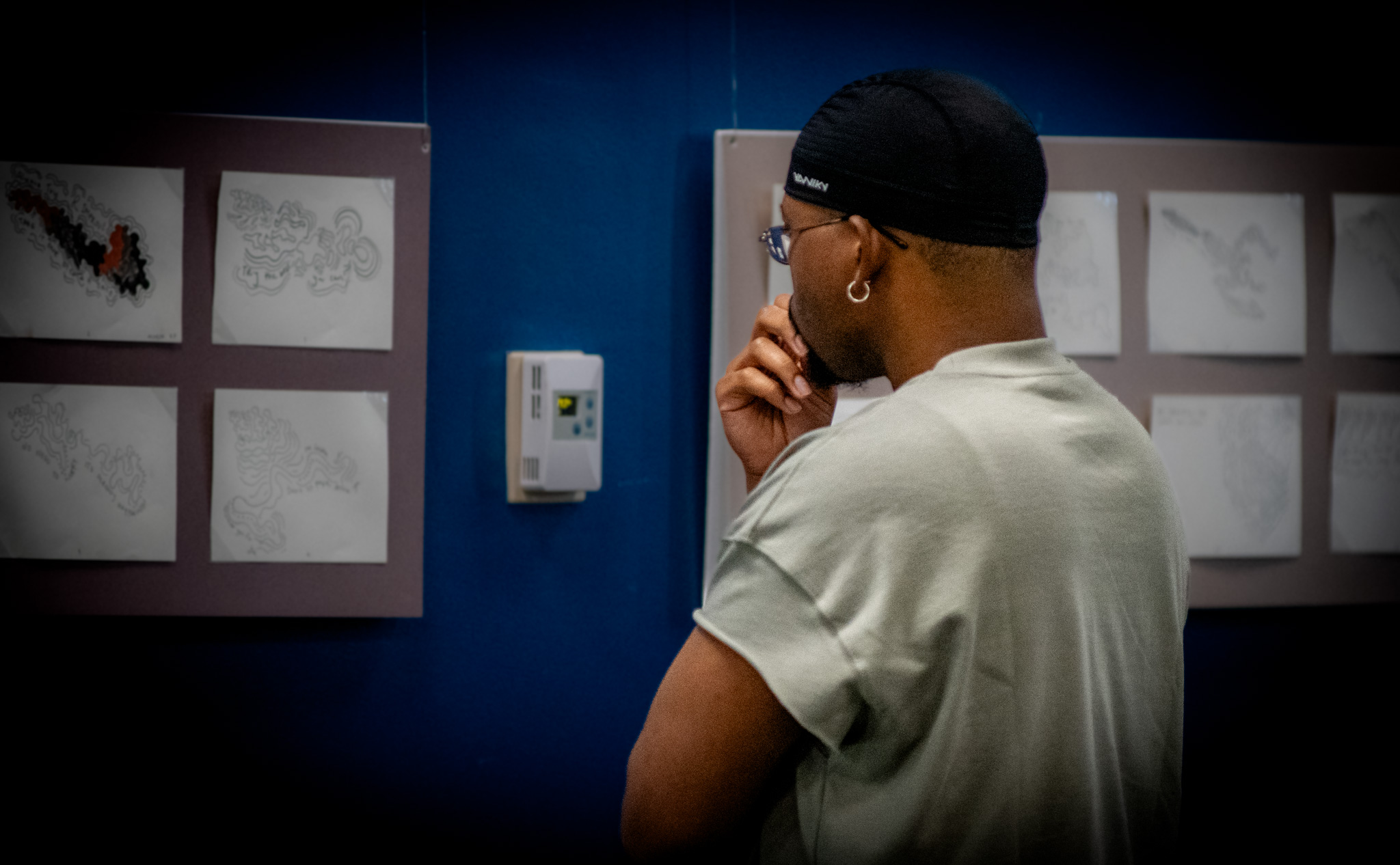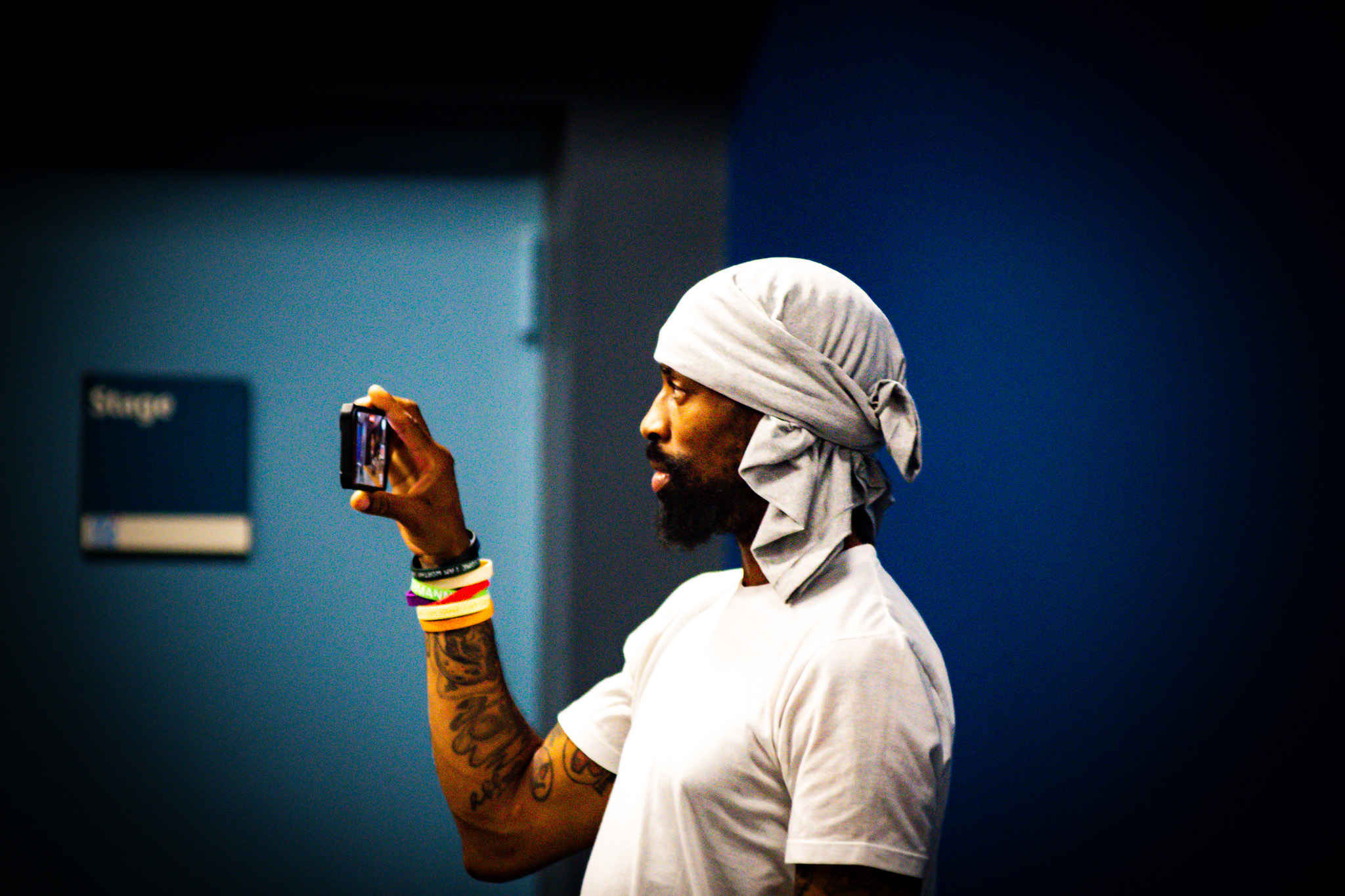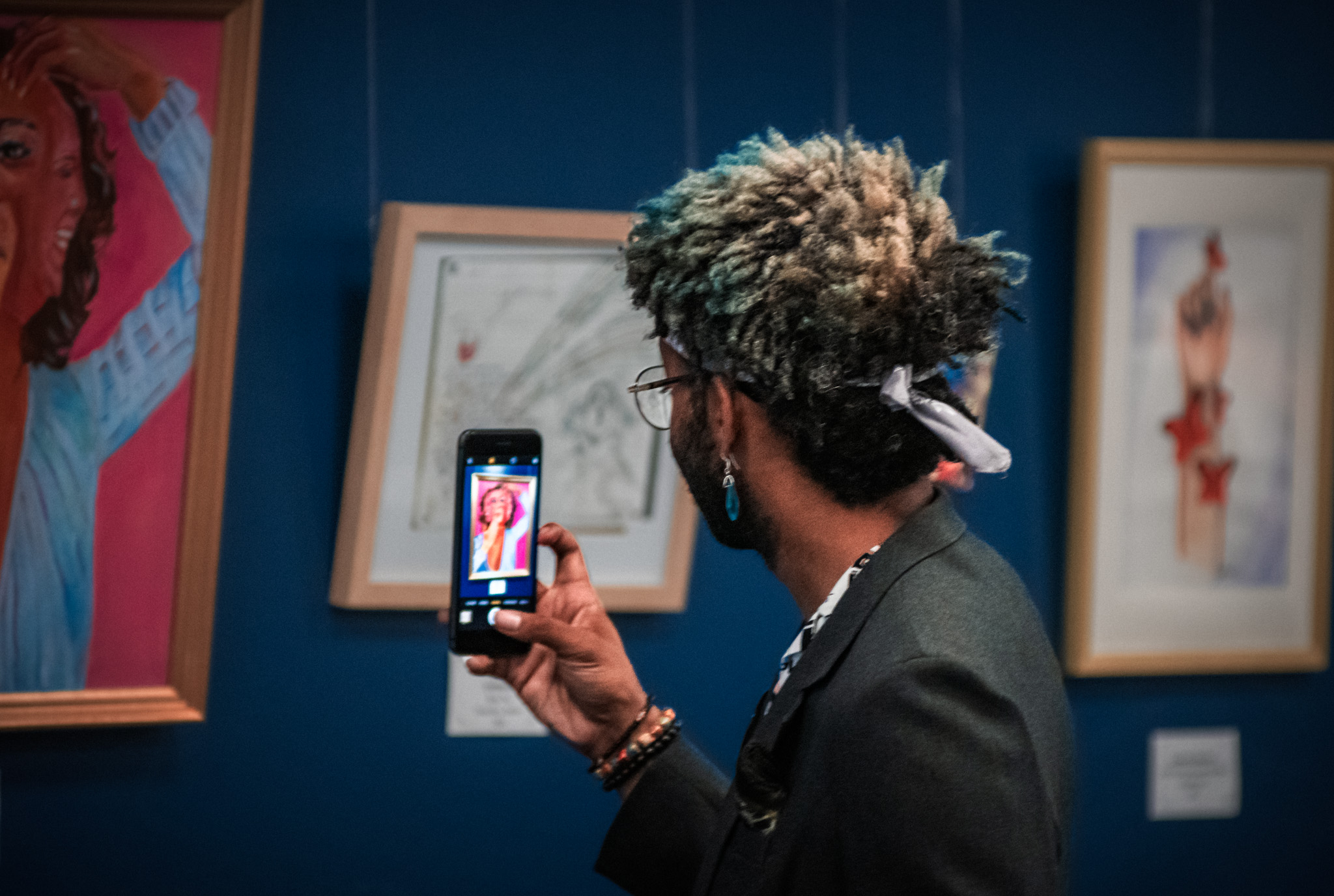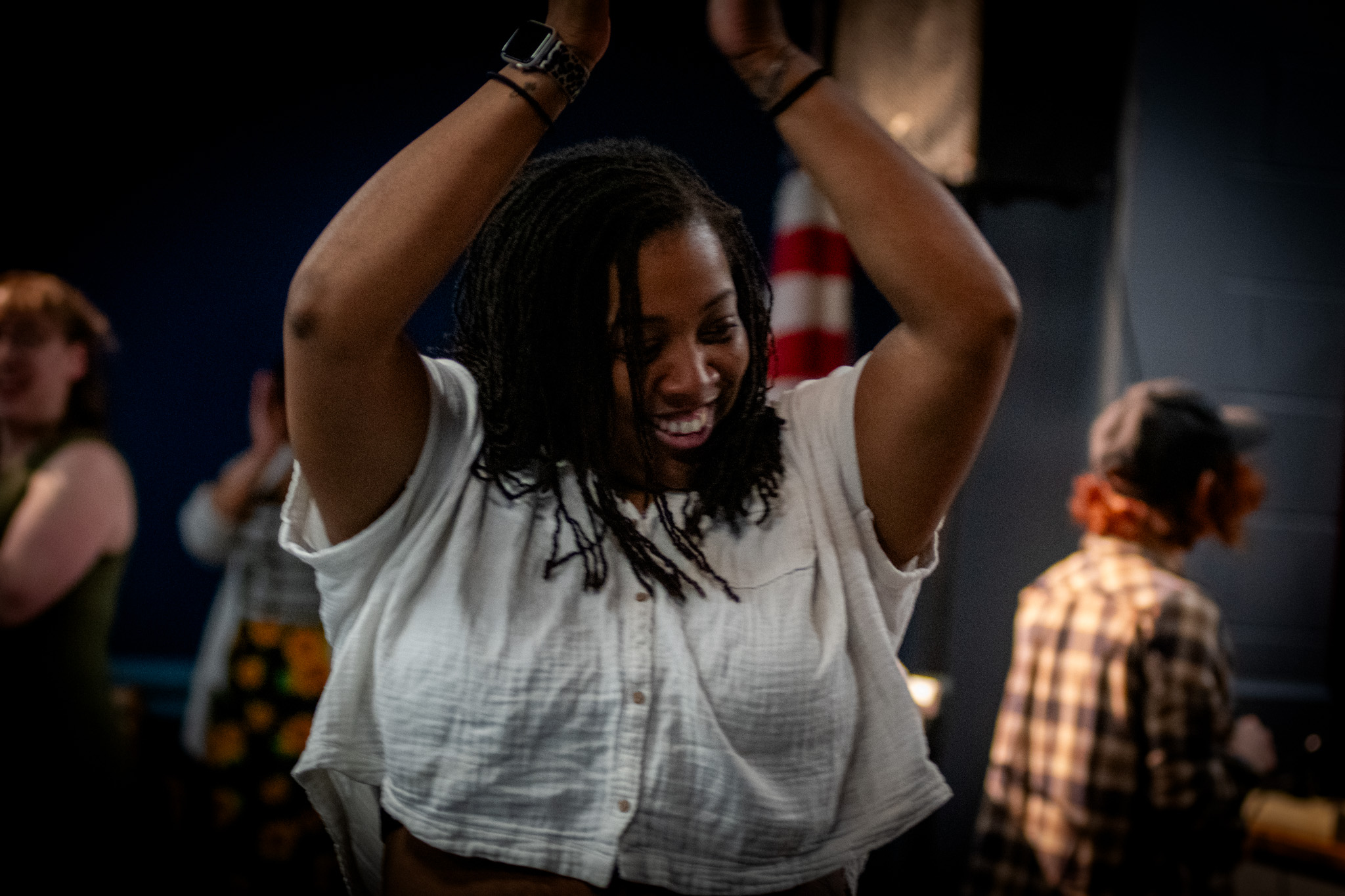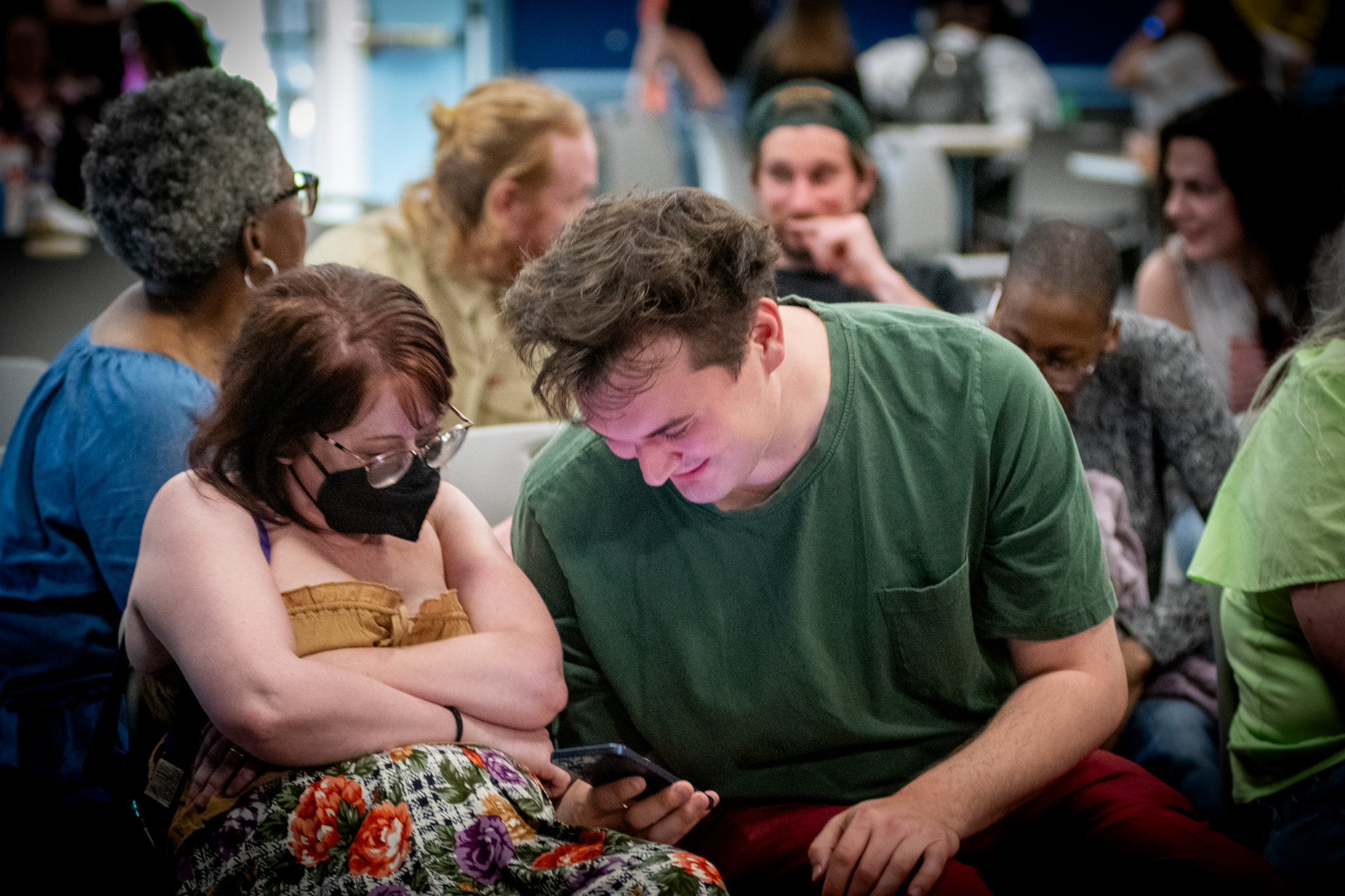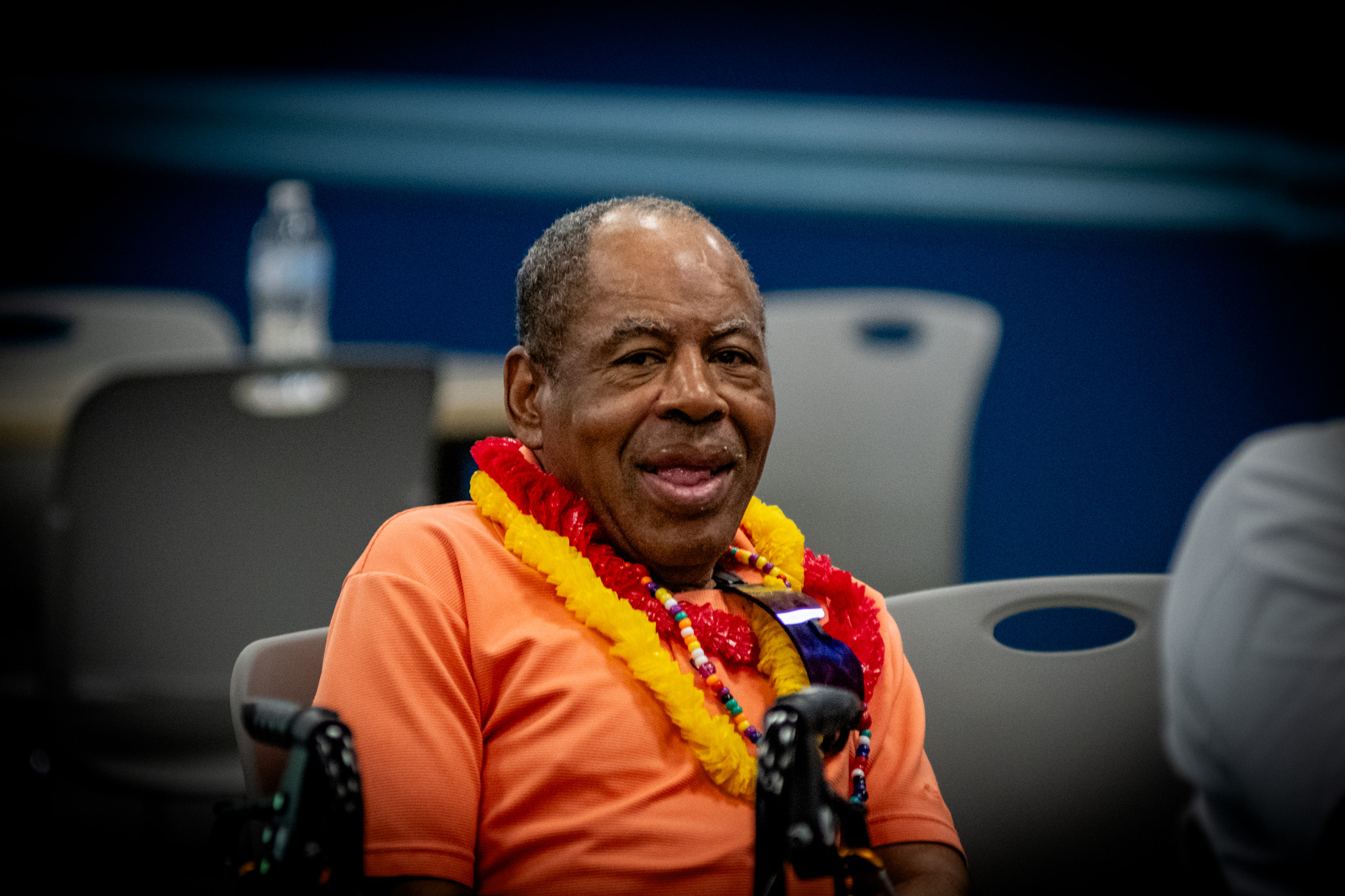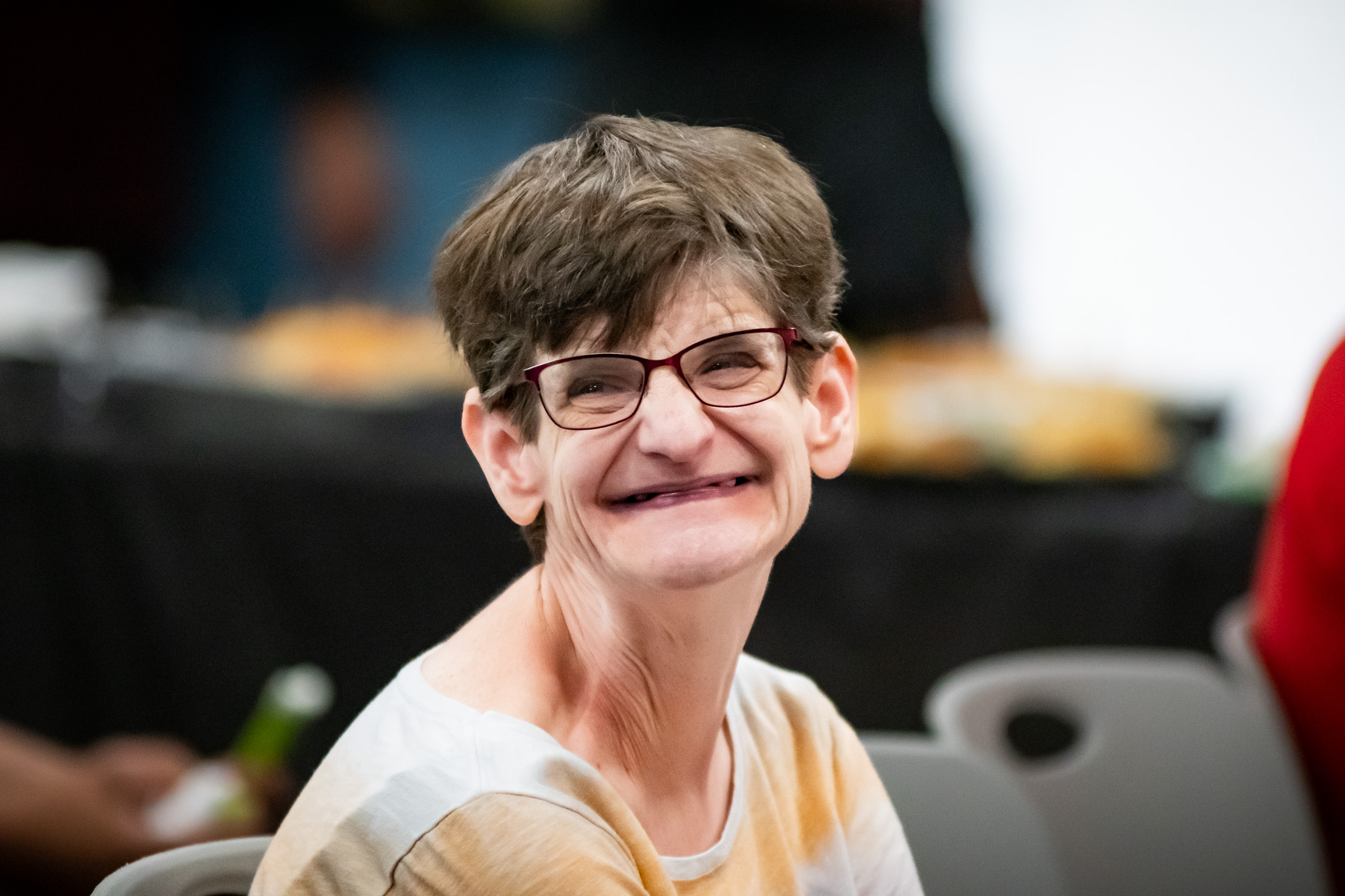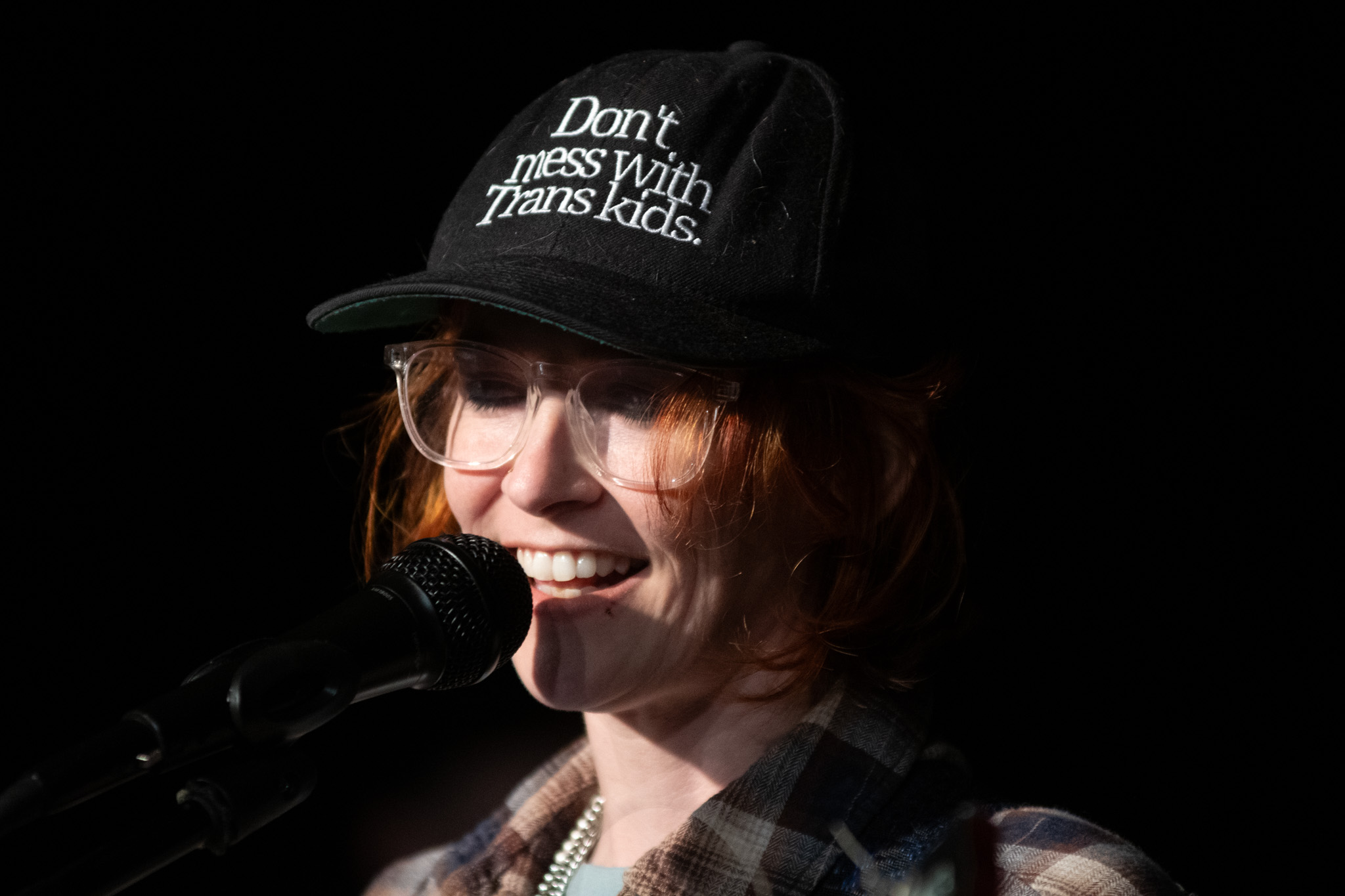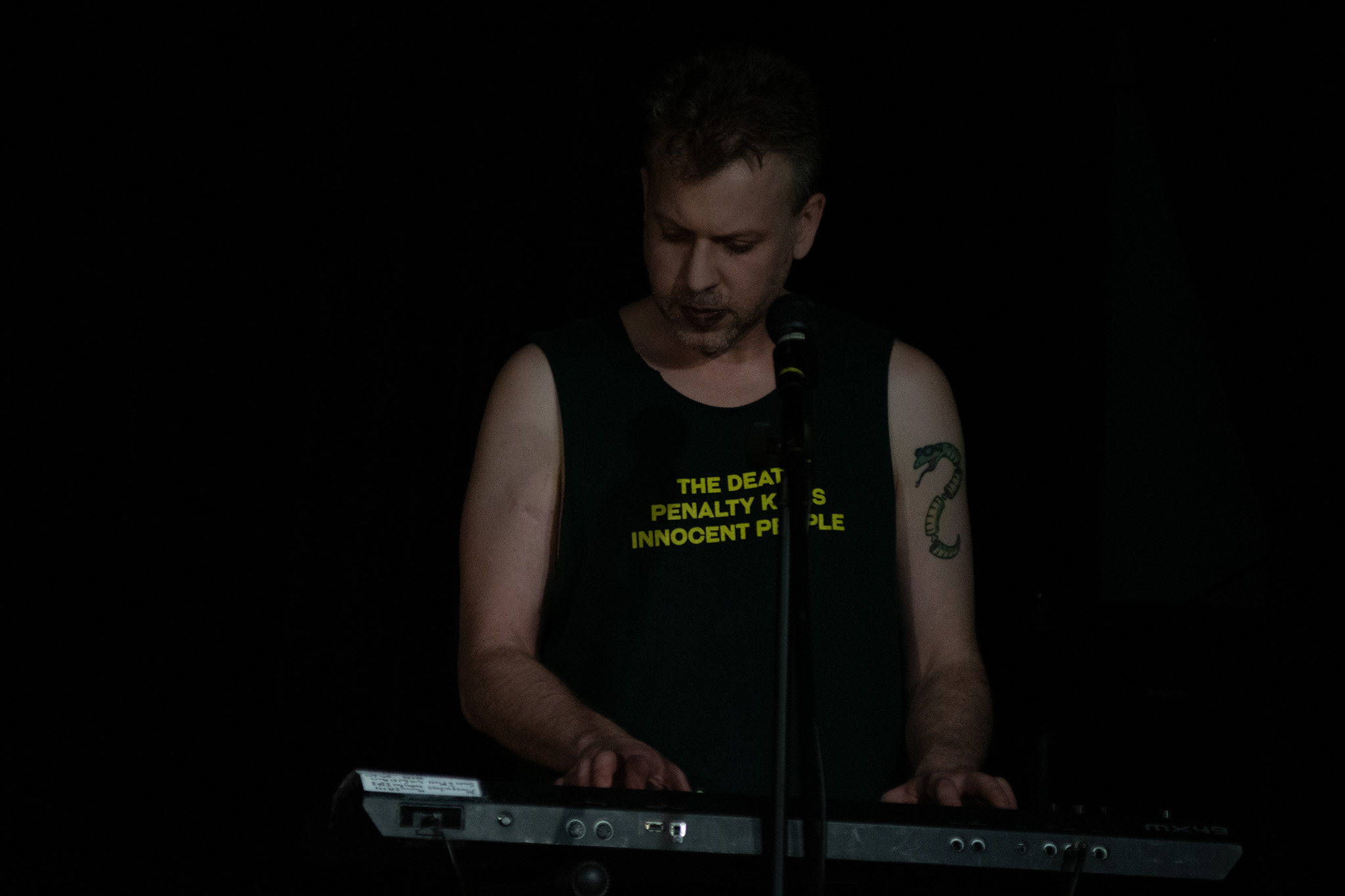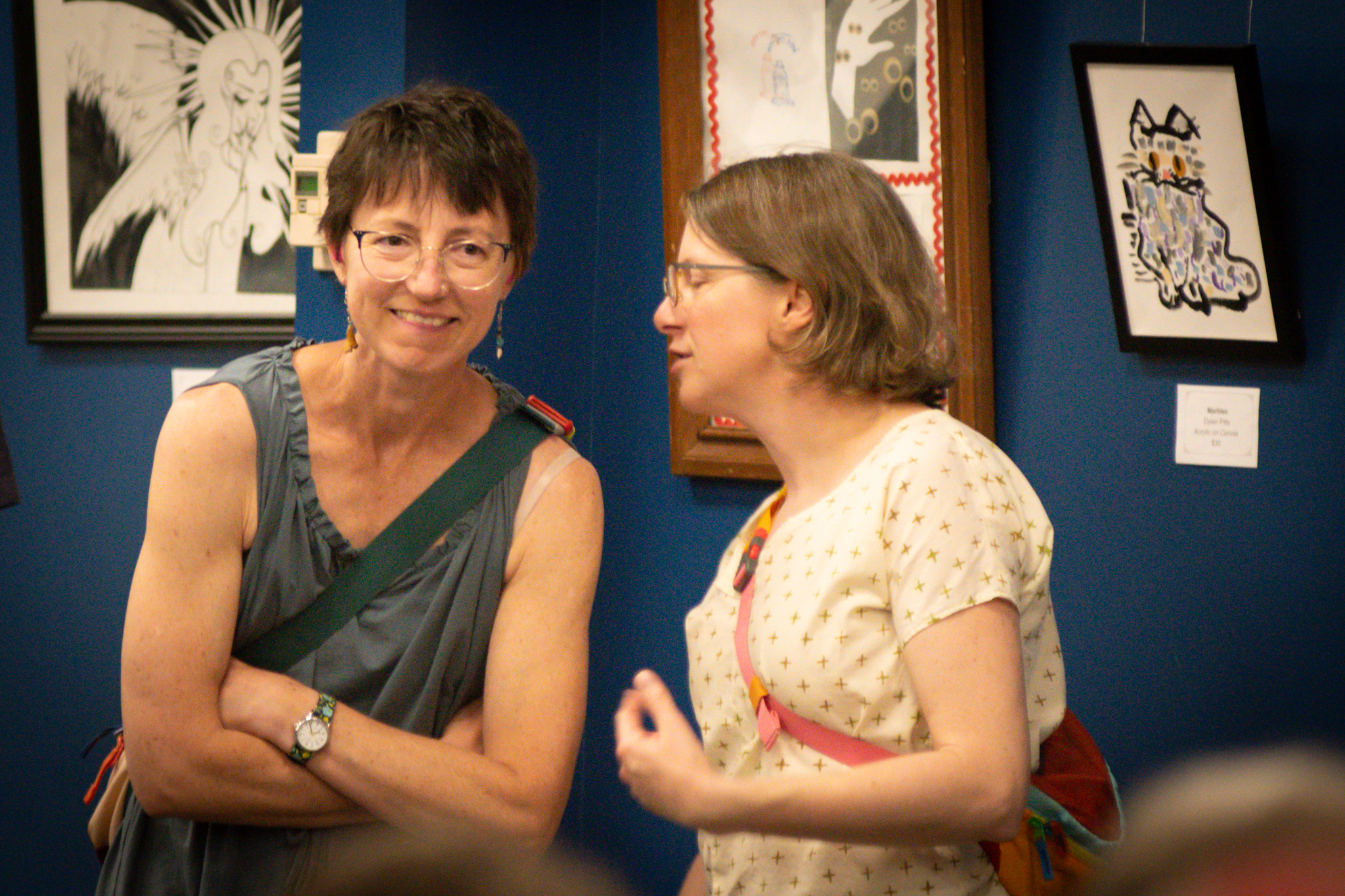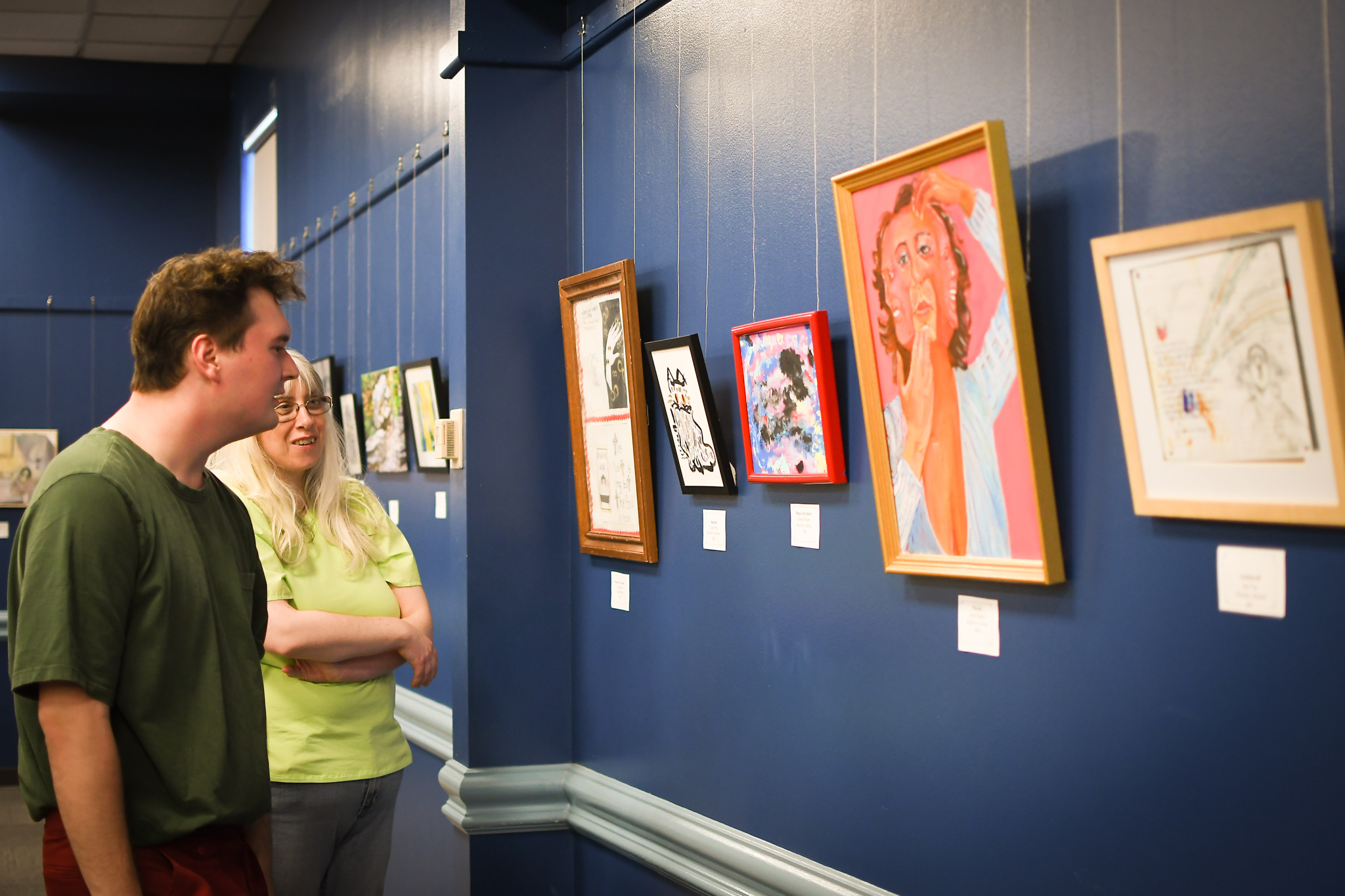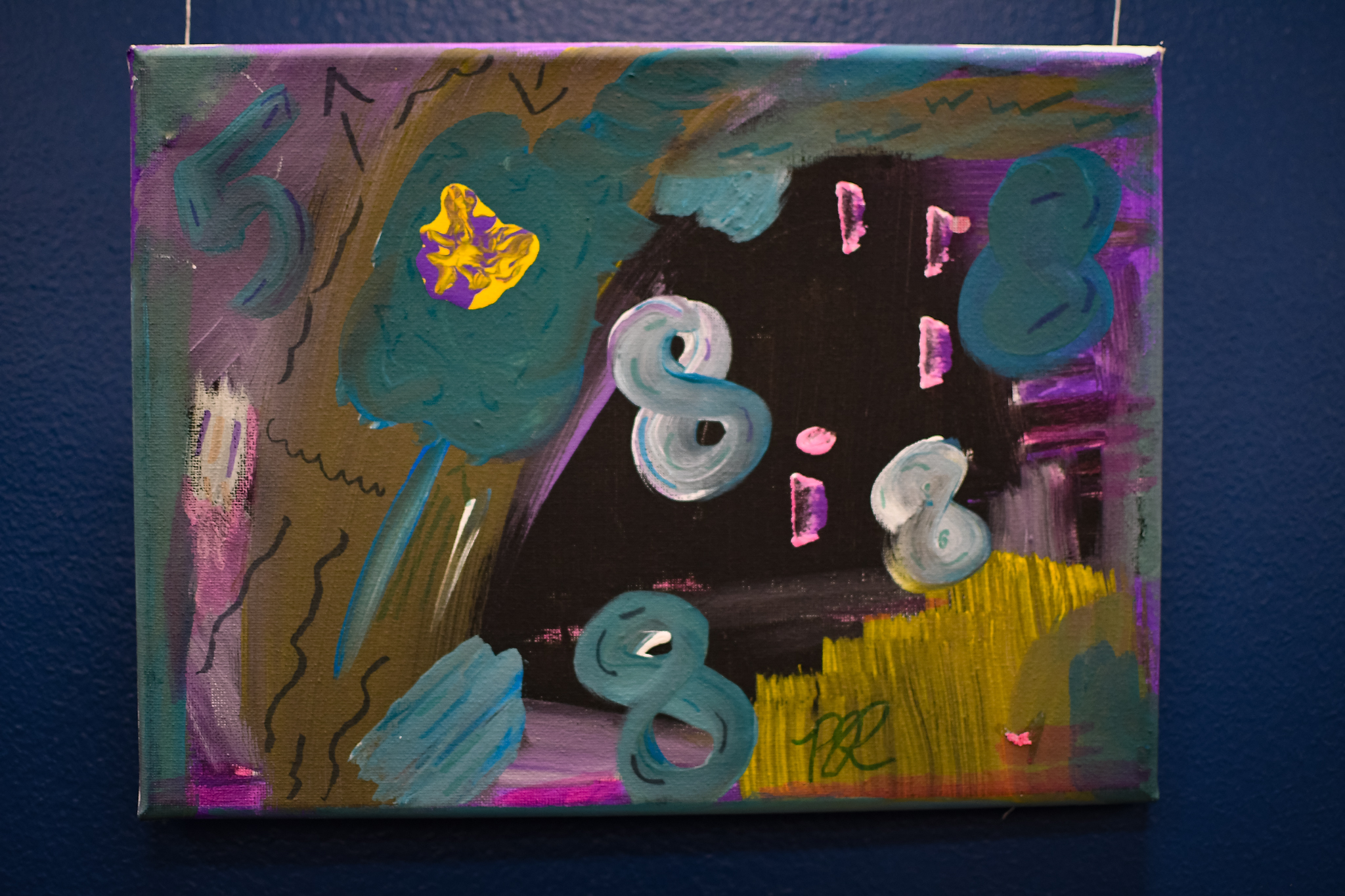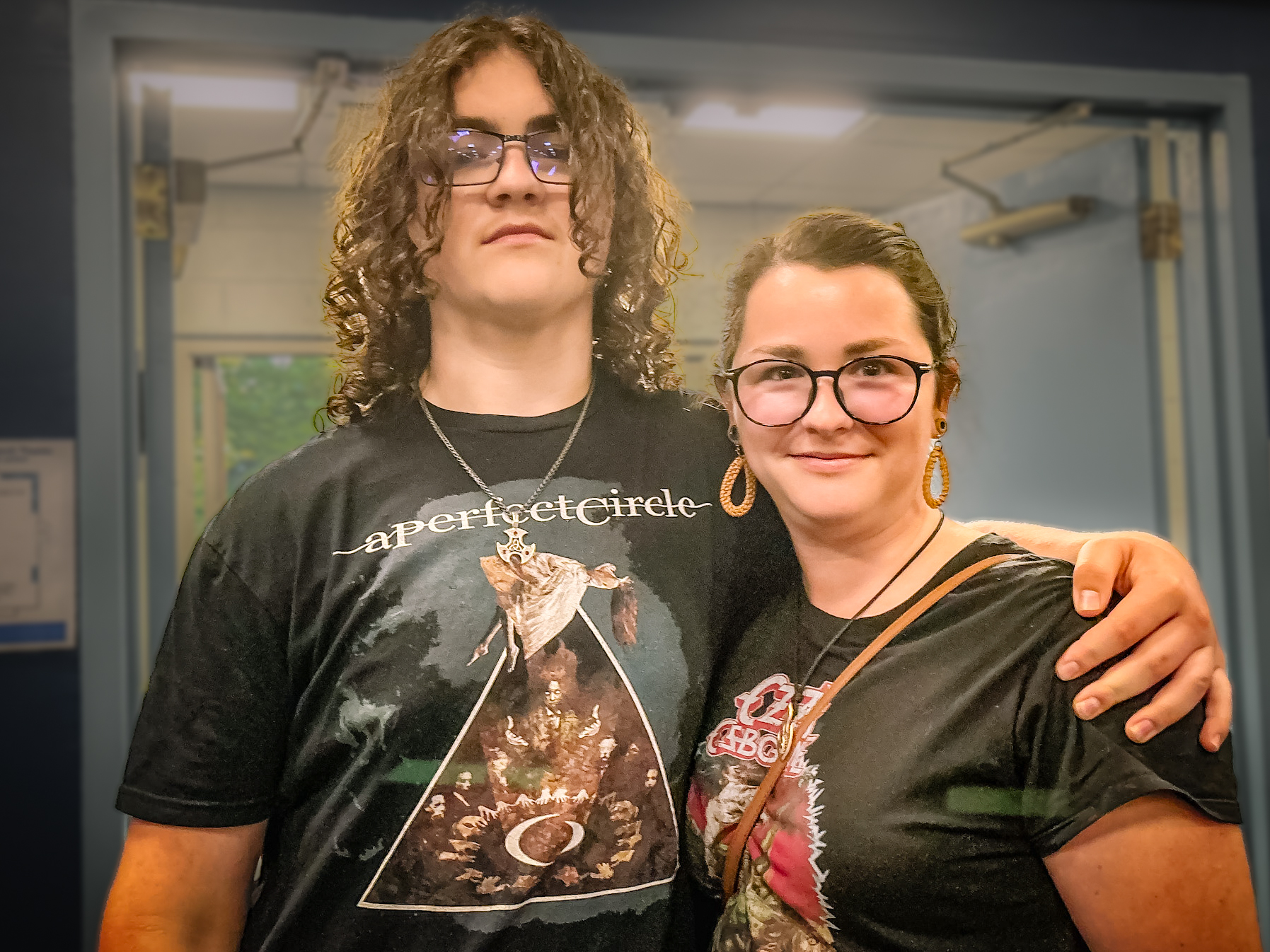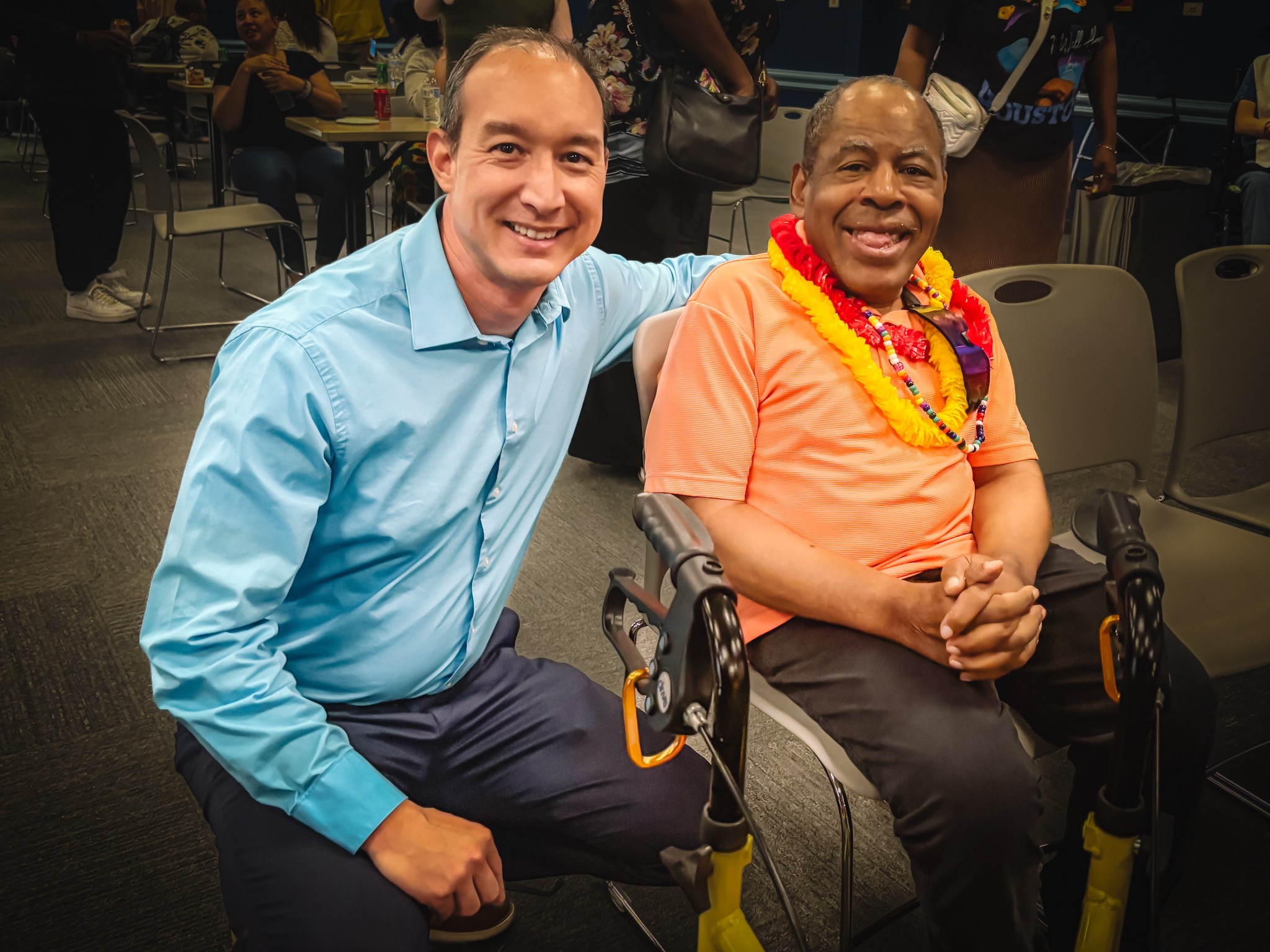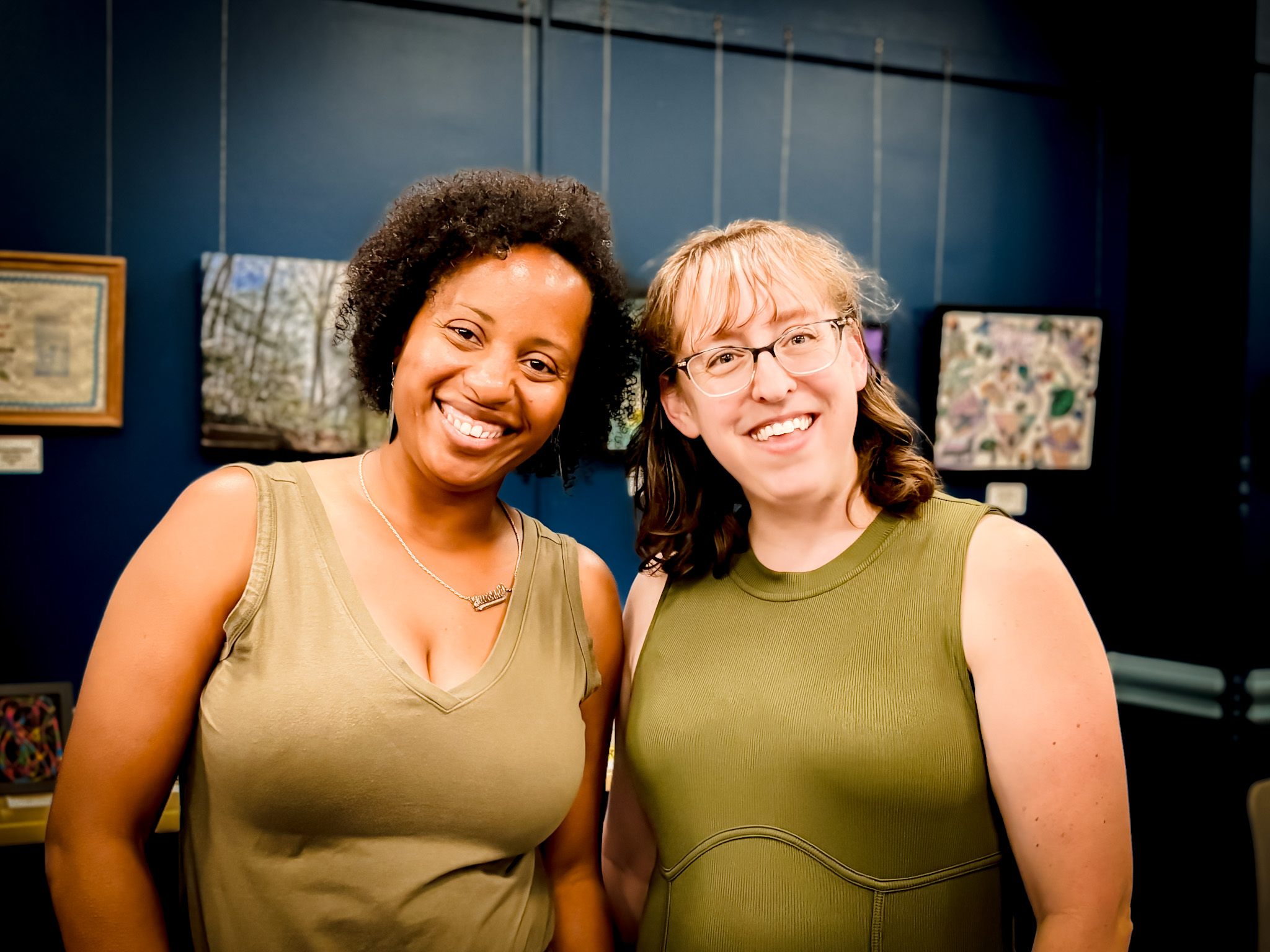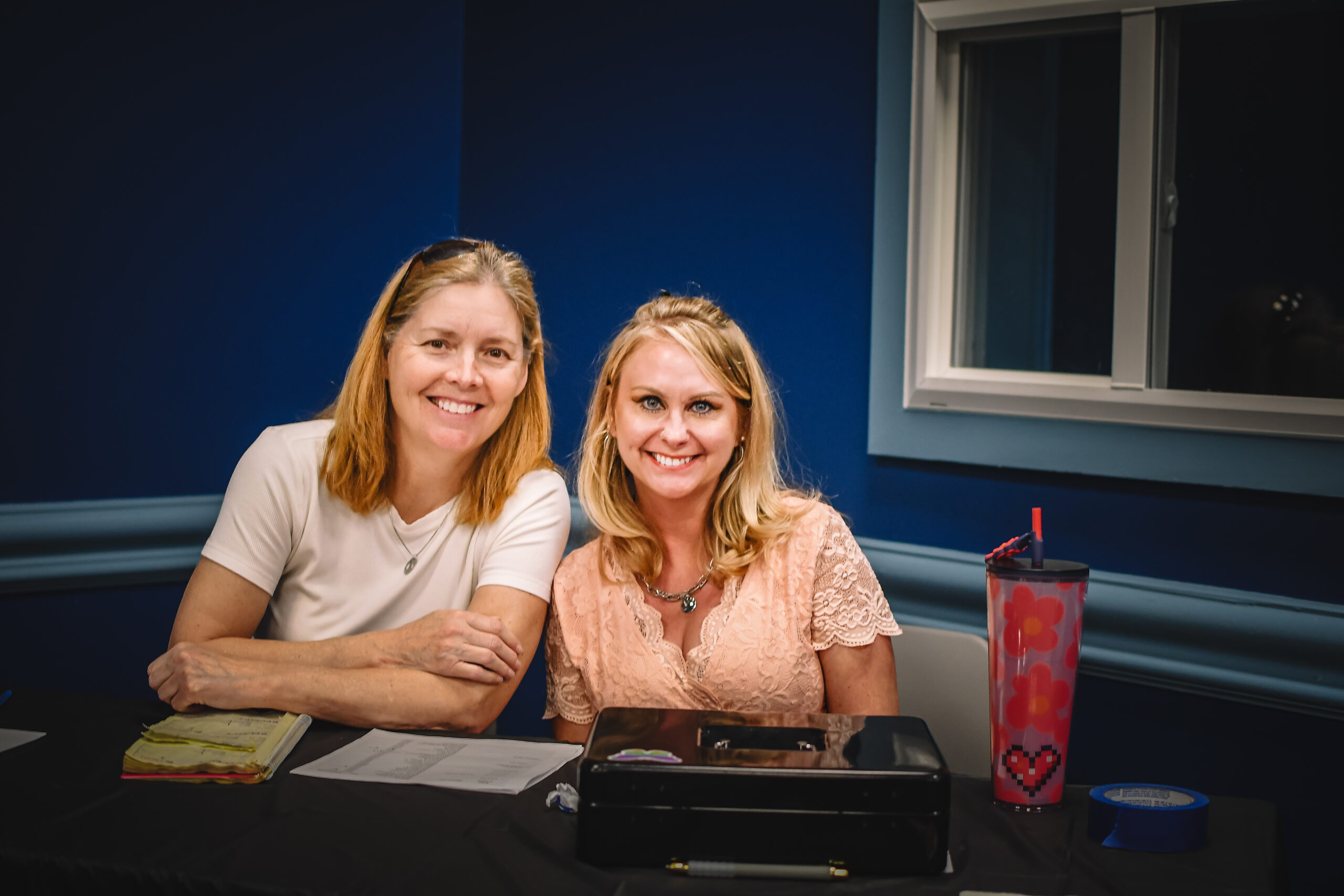In my family, we still refer to my first year of college as “your episode.” That was the time I fell into a major depression, cycled through a few antidepressants, attempted suicide and got diagnosed with bipolar disorder.
It was a harrowing time for me, one filled with not just the highs and lows of bipolar but also the loneliness of an illness that came weighted with stigma and the anxiety of a diagnosis that seemed to mean the ending of everything I’d ever planned–a career, marriage, motherhood.
During that time, I discovered “An Unquiet Mind,” a memoir about living with bipolar by Kay Redfield Jamison. I then discovered writings by Patty Duke. I recognized my racing thoughts and mood swings in each woman’s story.
And those stories gave me hope. They made me believe a future was possible. Helped me to see that a diagnosis wasn’t an ending but the beginning of a journey–one that would help me make sense of the scary parts of myself that I kept hidden. These authors also generously shared coping mechanisms and illustrated the dangers of ignoring mental health.
I was a journalism major at the time and had been working in newspapers since I was 11, so I believed in storytelling. But this experience showed me that stories did more than inform. They could transform.
Because of these stories, I would chart a new path. One that accepted my mental health struggles while celebrating victories as they came.
My freshman year of a college was a long, long time ago. Since then, we’ve become much better in sharing stories of mental health. We have famous athletes, musicians and actors talking about their own diagnoses and struggles.
Those stories help to break stigma and normalize talking about mental health. But I strongly believe that we all need to share our tales, whether we’re winning pageant crowns and Olympic medals or leading lives outside the limelight.
As we share our stories, we’ll come to see how common emotional struggles are. We’ll find power not just in connection but also in coming together to improve systems and services for people with mental illness.
Because if you struggle with your mental health, you’re definitely not alone.
Nearly one in five American adults experiences a mental illness in a given year, according to the National Institute of Mental Health.
And more and more Americans—children, teens and adults—report feeling depressed, anxious or worried regularly, according to the National Center of Health Statistics. Those numbers have been steadily rising over the past few years.
Evidence overwhelmingly supports storytelling as an important tool for mental wellness. Listening to stories has been shown to lower anxiety and depression, boost empathy and even increase tolerance to physical pain. And neurologists have discovered that stories can change our brains, triggering the release of chemicals linked to empathy, connection and communication.
This year, the National Alliance on Mental Illness chose storytelling as its theme for Mental Health Awareness Month. They are collecting stories in video and written forms and offer some good starting tips.
Every challenge you’ve faced has shaped you into who you are today. By embracing and sharing your experiences, you empower others to do the same. Together, we create a movement of courage, healing, and connection. Share your mental health story with us by sending in a video, a message, a quote, or using #MyMentalHealth on social media. –from nami.org
When we tell out stories, we build support systems while dismantling stigma.
And remember, stories transcend words. Photography, music, video and art all provide a means to express emotion and share journeys.
We recently organized the Art of Recovery at Central Rappahannock Regional Library. This annual exhibit features work by artists with mental health challenges. The exhibit culminated in a reception which featured music, poetry and art, all created by people who’ve experienced behavioral health concerns.
Through a variety of methods, artists explored the connection between emotion and creativity and offered a glimpse of recovery, healing and hope. As I wandered through the gallery in awe (I’ve secretly always wished to be artistic) and listened to the music, poetry, chatting and laughter, I felt the same wonder I felt the first time I read “An Unquiet Mind.”
No matter the medium, storytelling holds the power to bring healing and hope, making it a vital part of mental health treatment.

The act of telling stories helps us connect to others, make meaning, organize our lives into a coherent narrative and immerse ourselves in others’ tales. While we share stories, we are also improving our mental health and well-being.
Here are some ways to get started:
Lead by Example:
Openly discuss your own mental health journeys, emphasizing the importance of seeking help.
Actively Listen:
Offer a supportive ear to friends and family who might be struggling.
Educate Yourself:
Learn about different mental health conditions and available resources.
Some tips for stellar storytelling:
Hook ‘Em From the Start:
Grab attention with a strong opening: a vivid description, a surprising fact, an action-packed moment.
Craft a Clear Structure:
Every story needs a beginning, middle and end. Start by introducing the characters, setting and conflict, then move towards the climax.
Show, Don’t Tell:
Engage your audience’s senses with vivid descriptions. Instead of saying someone is scared, describe their racing heart, trembling hands, or wide eyes.
Photo gallery from the Art of Recovery exhibit reception
Check out these important TED Talks on the importance of storytelling for mental health:
Building a Better Mental Health Culture Through Storytelling Lorenzo P. Lewis
How Storytelling Could Help Improve Youth Mental Health by Elysia Butler
The Mental Health Benefits of Storytelling for Health Care Workers by Laurel Braitman
And for tips on telling your mental health stories, check out this comprehensive Mental Health Media Guide.
Your inner narrator has a lot of power over your story. Find out how to give yourself a better narrative with this episode of The Verywell Mind podcast.

